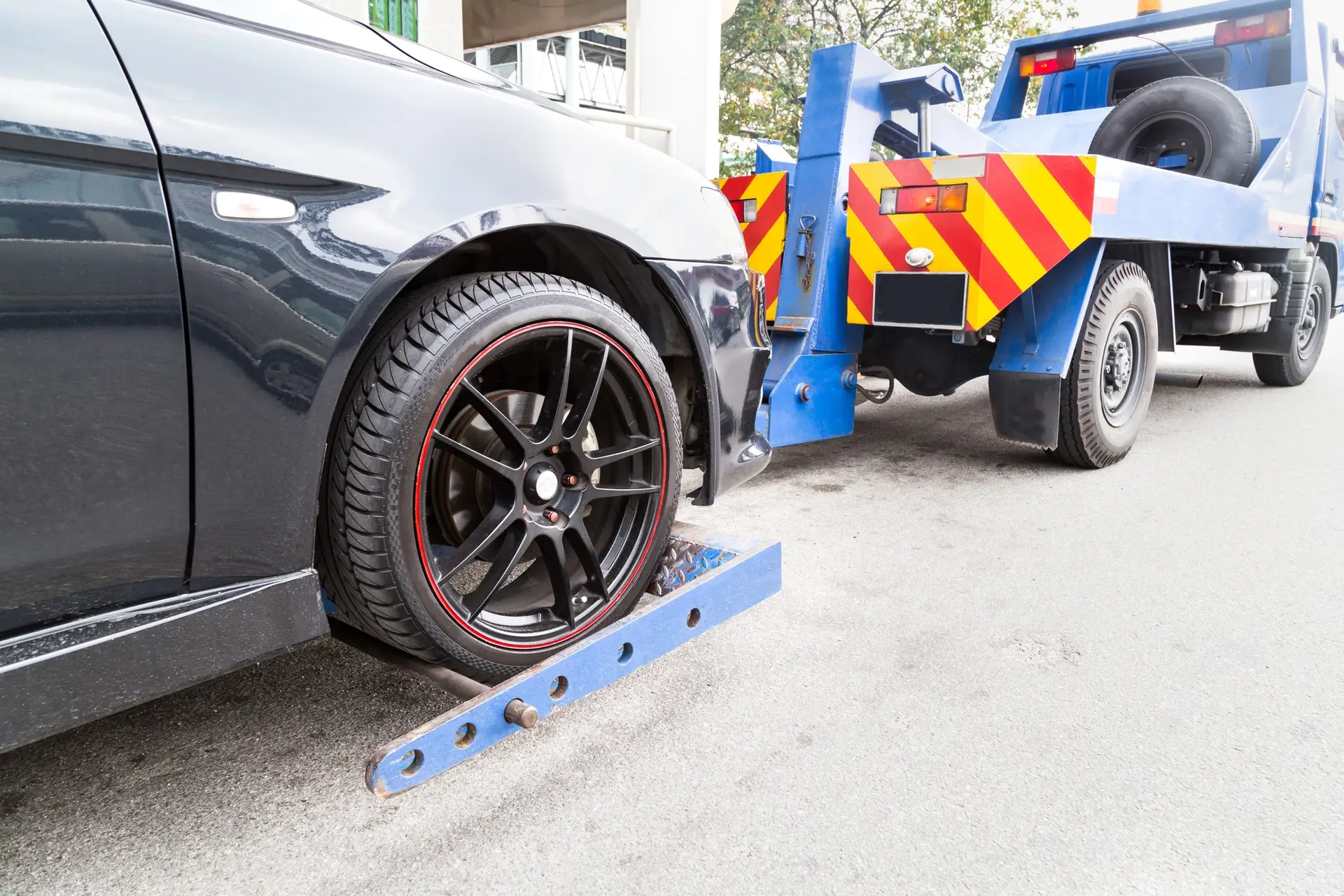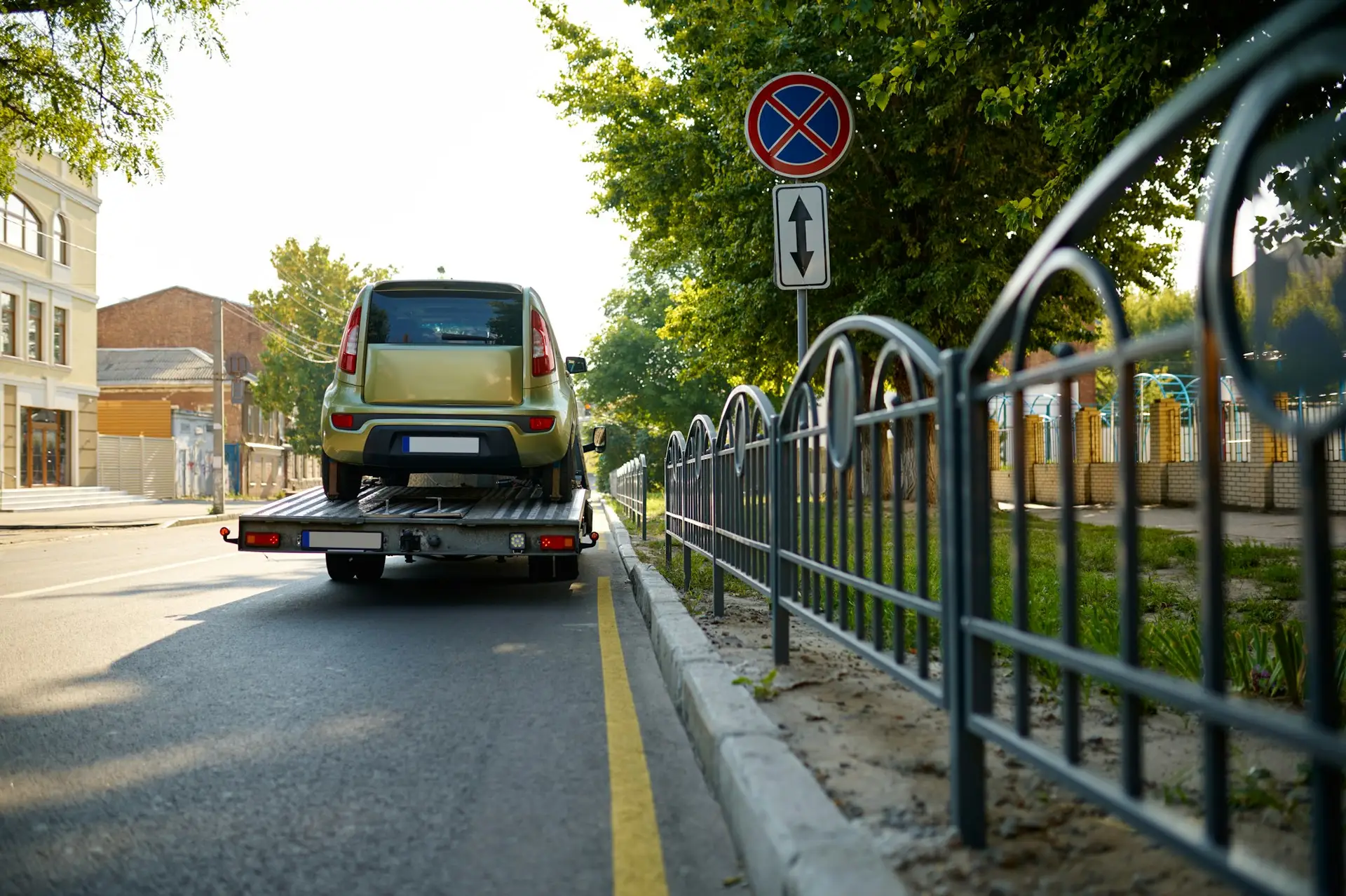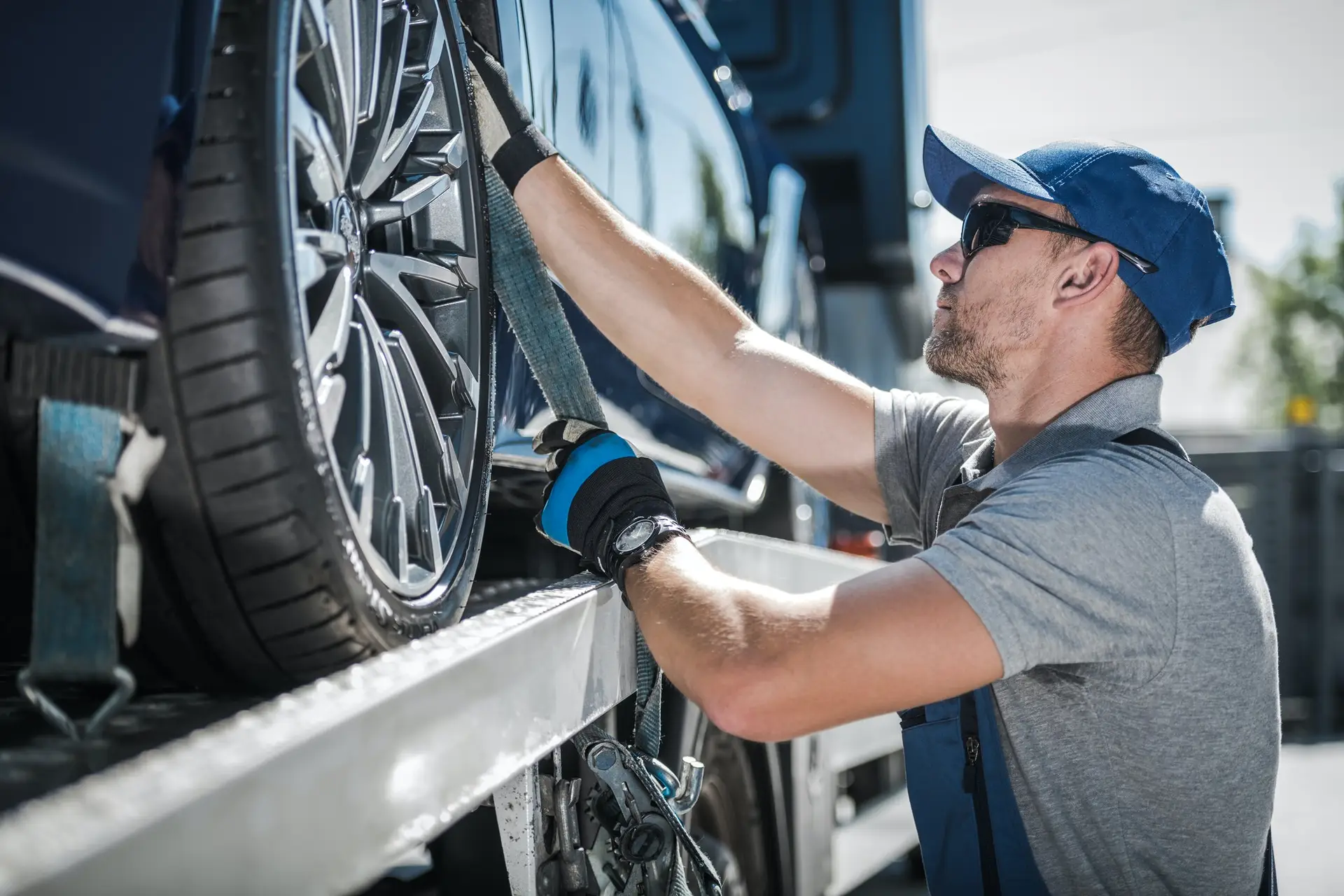Towing a vehicle is not an issue if you have some time on your hands. Usually, the way things work if you have a flat tire or a car that won’t start is to ring up AAA or any other towing company. They will take your details and send a team to tow your vehicle to a nearby workshop. So, you should know how to use a tow bar.
Table of Contents
ToggleHowever, you must be patient for that team to arrive, as many people have reported absurd waiting times for towing companies. If you don’t have the time to wait and have a tow bar available or access one, we will show you how to use a tow bar to achieve a flat tow.
Before we show you how to use a tow bar, it is essential to know that this method is aimed not only at those drivers who are stranded on their roadside with a dead vehicle but also at those who are going in their RVs for a vacation and would like to have their vehicles tag along.
What is a flat tow?
Typically a tow would include raising the front of the vehicles with rear wheels touching the road. The car takes support from the vehicle in the front of the crane on the tow car. However, a flat tow is something completely different. A flat tow requires all four vehicle tires to be flat on the road, while a tow bar is used to efficiently tow the vehicle to the nearest mechanic.
Having a tow bar in your vehicle will save you a lot of headaches as many people would be willing to use their cars to help you get out of this sticky situation, but they wouldn’t have a tow bar, which is needed for a flat tow. Do note that your vehicle (requiring a tow) needs base plates or brackets at the front end to attach the tow bar.
So, how do you use a tow bar? Is there a proper technique for using a tow bar to achieve a flat tow? Let’s find out.
How to use a tow bar: Step-by-step guide
Follow the steps below to achieve a perfect flat tow.
- Park your vehicle on a flat surface with enough space for your RV or another vehicle at the front. Put the primary vehicle that will be used to pull your secondary vehicle in park and hit the emergency brakes so that whatever happens, the car does not move from its spot.
- Now, you need to figure out whether or not you require a hitch adapter. The height of the base plate of the front vehicle should be no longer than three inches of the height of your secondary vehicle (the one that requires towing). If the difference between the heights of the base plate is more than 3 inches, then you would need a hitch adapter; otherwise, you are good to go.
- Start this step by hooking the tow bar to your RV’s or primary vehicle attachment or hitch. Insert your tow bar under the vehicle that will do all the pulling and pin it in place, securing it with the relevant clips. You might notice that your tow bar has a few pinholes. It is always better to have the shortest distance between the primary and secondary vehicle; hence, we recommend clipping it in the appropriate pinhole. Don’t forget to fold the arms of the tow bar upwards so that it stays out of the way.
- Bring the secondary vehicle closer to the primary vehicle and apply the brakes. Just keep in mind that the tow bar is attached to the preceding vehicle, which means you need to be careful not to drive into the tow bar. Use a friend or family member to guide you.
- Get the attachment tabs and fix them into the base plate of your secondary vehicle. Use the tow bar to attach it to the attachment tabs. Use lynchpins to secure the arms and tow bar into place.
- Now that the tow bar is in place set your secondary vehicle into neutral and unlock the steering wheel so that the tires are not jammed in one place.
- Now, release the brakes on the primary vehicle doing all the towing. Slowly release your clutch or brakes to get the car moving. This is important and must be done gradually, as you must notice whether the tow bar is latching correctly. Follow the next step once you’ve heard of the signs of a secure tow.
- Quickly attach the safety cables from the primary vehicle to the second vehicle in a criss-cross pattern. Please ensure the wires are far above the ground so they do not drag them on the road.
And that’s about it. Now you know how to use a tow bar with an RV or any other vehicle if you find yourself stranded on the side of the road.






